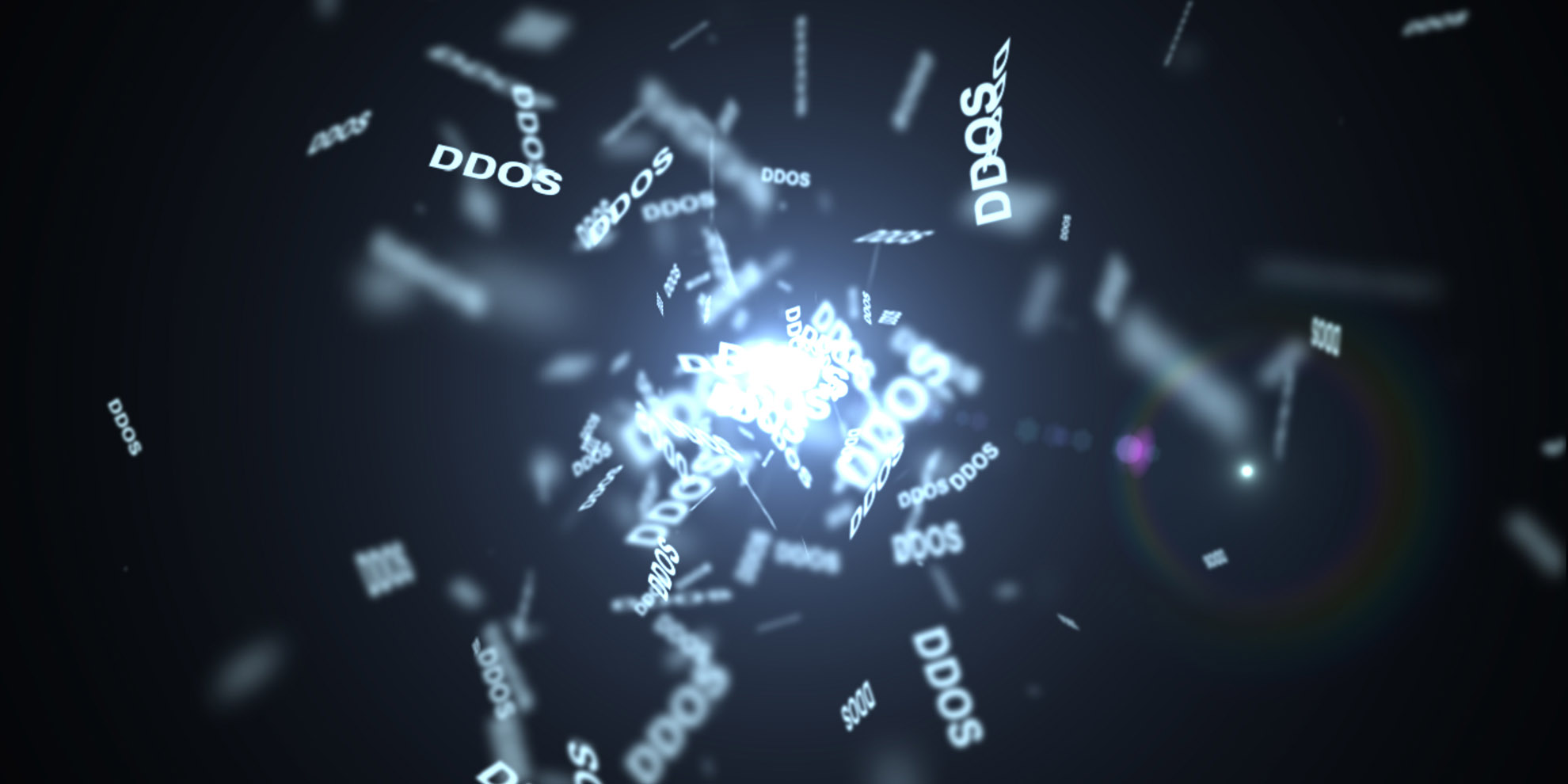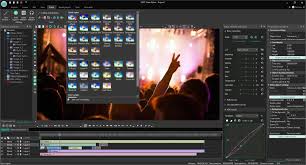
Indeed, the flip a coin is a fascinating phenomenon with a long and storied history. Dating back to ancient times, people have used coin flips as a means of decision-making, divination, and entertainment.
In ancient Rome, for example, coins were often used in divination rituals by the priests of the temple of Jupiter. The outcome of a coin flip was believed to be influenced by the gods, and it was used to determine auspicious times for various activities or to interpret omens.
Throughout history, coins have also been used in games of chance and gambling. The simplicity of the coin flip, with its binary outcome of heads or tails, makes it an ideal tool for creating fair and unpredictable games.
Table of Contents
A History of Heads and Tails
The origins of coin flipping are shrouded in some mystery, but evidence suggests it emerged around the 6th century BC in Lydia, a kingdom in Asia Minor. These early coins featured a lion’s head on one side and a symbol of the Lydian king on the other. Flipping such a coin wasn’t just about heads or tails; it was a way to consult the gods and determine the course of events.
The practice spread across the ancient world, with Greeks and Romans using coins for divination and decision-making, often with coins depicting gods or emperors. One Roman coin toss, for instance, famously decided the fate of Julius Caesar’s assassins, with Brutus losing the flip and sealing his own doom. As coin designs evolved, featuring rulers and deities, the concept of a fair flip – where both sides had an equal chance – solidified.
However, fairness in coin flips wasn’t always guaranteed. Coins with uneven weight distribution or imperfections could favor one side. Minting techniques improved over time, but even today, meticulous coin flippers can exploit subtle imperfections to influence the outcome (a skill more suited for parlor tricks than serious decision-making).
Science Behind the Spin
The beauty of a coin flip lies in its apparent randomness. Statistically, each side – heads or tails – has a 50% probability of landing face-up. But a recent study (2023) throws a slight curveball. Researchers found that the side facing upwards before the flip has a minuscule bias of landing face-up again – a 50.8% chance to be exact [Phys.org, Coin tosses are not 50/50: Researchers find a slight bias]. This bias stems from the coin’s initial spin and how it’s flipped. While fascinating, it’s important to remember this bias is minuscule in casual coin flips.
The physics behind a fair coin flip is surprisingly complex. Factors like the initial force applied, the coin’s rotation, air resistance, and the surface it lands on all play a role. A perfectly fair flip would require the coin to spin infinitely and land on a perfectly flat, frictionless surface – an impossible feat in the real world.
Coin Flipping in Everyday Life
From playgrounds to professional sports fields, coin flips are a familiar sight. They determine who kicks off in a soccer game, who bats first in baseball, or who goes first in a board game. This seemingly simple act can hold surprising weight. The coin toss at the Super Bowl, for instance, can have a significant impact on the outcome of the game, depending on a team’s preference for offense or defense.
Coin flips have also found their way into literature and movies, adding a layer of chance and drama. Think of Westley’s legendary line, “As you wish!” in “The Princess Bride,” entirely dependent on the outcome of a coin toss. Or the suspenseful coin toss scene in “No Country for Old Men,” where a character’s life hangs in the balance.
Beyond the practicalities, coin flips hold a symbolic meaning. They represent leaving things to fate, taking a chance, or letting destiny decide. A coin toss can be a way to break a deadlock or avoid making a difficult decision. It can also be a lighthearted way to settle a minor disagreement or add an element of excitement to a game.
Beyond the Physical Coin
The digital age hasn’t diminished the allure of the coin flip. Websites and apps offer virtual coin flips, handy for settling online disputes or making random decisions. These digital flips use algorithms to generate random outcomes, mimicking the chance element of a physical coin toss.
Magicians and gamblers have also turned coin manipulation into an art form, exploiting physics and sleight of hand to create the illusion of controlling the outcome (purely for entertainment, of course!). They use techniques like palming, misdirection, and specially weighted coins to influence the coin’s trajectory and landing. While impressive, these skills rely on human error and wouldn’t work against someone aware of such techniques.
Conclusion
The coin flip, though simple, holds layers of history, science, and cultural significance. Whether used for a lighthearted game or a weighty decision, the act of flipping a coin and letting chance take the reins continues to hold a certain char. In today’s world, it might co-exist with digital alternatives, but the tactile experience and symbolic weight of a physical coin flip remain irreplaceable. The next time you find yourself.








